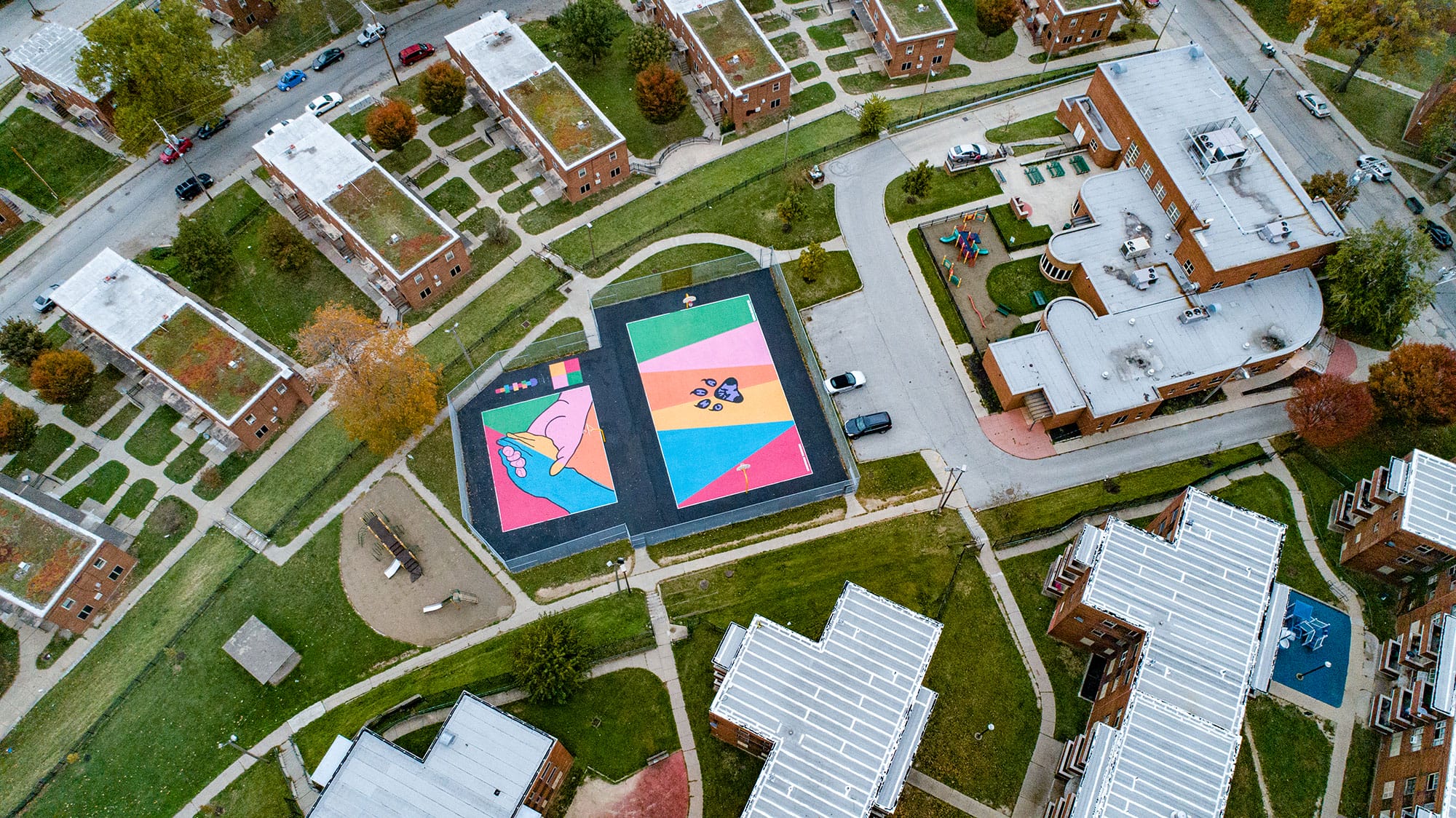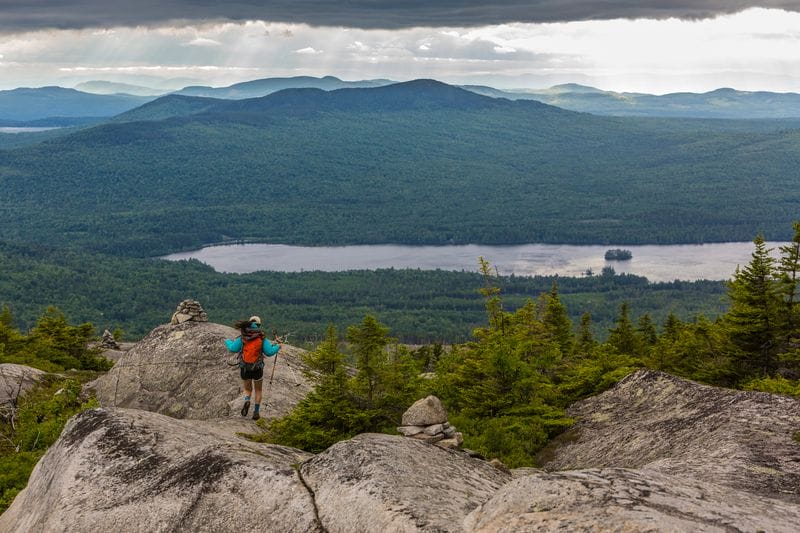
Nashua River Watershed
Nashua River Watershed
About the watershed
The Squannacook and Nissitissit Rivers, which are located on the border between Massachusetts and New Hampshire, are important tributaries to the Nashua River. Home to tens of thousands of people, these two subbasins comprise approximately 133 square miles and include portions of four counties, two states, and five towns in Massachusetts and six towns in New Hampshire. Numerous medium and high yield groundwater aquifers, as well as many stratified drift aquifers, are located in the watershed and are the primary drinking water sources for residents.
Public water sources in the sub-basins serve an estimated population of 30,000, with a total of 21 public water systems in Massachusetts and 23 public water systems in New Hampshire, including community, transient and non-transient systems. There are approximately 9 community water systems in Massachusetts and 3 community water systems in New Hampshire.
With contiguous forests covering over 75 percent of the land, surface and ground water quality is fairly pristine. Due to the unique geology and the presence of high quality habitat for a wide variety of species, the state has nominated the region as an Area of Critical Environmental Concern. The challenge in the Squannacook and Nissitissit Watersheds is to manage growth that’s fanning out from the Boston and Nashua metropolitan areas and maintain their outstanding environmental resources and high quality of life.
Challenges
The Squannacook and Nissitissit Rivers are important tributaries to the Nashua River. The region hopes to incorporate land conservation and forest management strategies to protect its high quality water sources in the face of increasing development pressure. The region within Massachusetts is expected to grow by more than 25 percent over the next decade, and the growth rate for Brookline and Hollis, New Hampshire is projected to be between 70 and 140 percent.
According to Elizabeth Ainsley Campbell, of the Nashua River Watershed Association, “Unless we become more proactive in planning for growth and setting aside open space, our drinking water will be increasingly vulnerable to pollution from fertilizers, insecticides, fuel by-products, and other chemicals associated with commercial and residential development.”
Successes
The Northeast Rural Water Association, one of the local partners, is now working with seven small towns with groundwater supplies in unconfined sand and gravel aquifers to develop comprehensive source protection plans.
Based on the Exchange Team’s recommendation to improve private forest stewardship, the Nashua River Watershed Association secured a $300,000 grant from EPA Region I to conduct landowner outreach and education in order to increase participation rates in forest stewardship and current use assessment tax programs. Both programs offer significant tax incentives (up to 95% reductions) to landowners who agree to enroll for 10 years and follow a management plan prepared by a licensed forester.
Phase 1: Source Water Analysis
The watershed assessment included analyses of (1) threats to source water, (2) financial and programmatic resources, and (3) watershed characteristics and management priorities using a Geographic Information System (GIS). Following are some general results from the source water analysis. More detailed information is available through download at the bottom of the page.
Threats to Source Water
Groundwater in the watershed, which serves as the primary drinking water source for residents, is currently of very high quality, as is most of the surface water. However, residential growth is concentrated in the river valleys and aquifer recharge areas where inappropriate land use can have a significant impact on ground water resources.In New Hampshire, and in Brookline and Hollis in particular, the assessments of public water supply systems show consistent inappropriate land use in the sanitary radius of the public water supply wells, e.g., sewer lines, septic systems or storage of regulated material. A few communities – Hollis in particular with its aquifer protection overlay zone – attempt to manage water resource protection, but most focus on wetlands not wellheads.
According to the Source Water Assessment and Protection reports (SWAPs) available for both states, the primary threat to groundwater is increasing residential and commercial development and the roads that come with it. Although agricultural practices can be a threat in some places, farming is not a predominant or increasing land use.
Financing Opportunities
- Support the passage of local bond measures and reallocation of LUCT revenues in NH.
- Support continued funding for statewide land conservation programs.
- Establish Land Acquisition as Drinking Water State Revolving Fund (DWSRF) Priority and as an allowed use with the Clean Water State Revolving Fund (CWSRF).
- Use Forest Legacy Program to fund conservation: In Massachusetts, the Nashua River Watershed Association has played a leading role in helping obtain federal Forest Legacy funds for a series of projects for the Nashua River Greenway.
Phase 2: Implementation
The following decision summary outlines key next steps identified by committee members at the implementation meeting held July 24, 2003. It should be noted that the committee reviewed and discussed all of the team’s recommendations at this meeting and, in general, agreed that they were important and implementable. There was not an attempt to prioritize or rank all of the team’s recommendations. Instead, the committee outlined three types of strategies from the report and prioritized next steps for each: (1) regulatory land protections, (2) voluntary land protections, and (3) land stewardship. Because the NRWA already has a grant to begin implementation of the team’s stewardship recommendations, the committee did not discuss this in great detail. The following decision-summary focuses on high priority next steps to move forward on regulatory and voluntary land protection strategies.
Create a regional entity to coordinate drinking water focused land protection and stewardship activities in the Squannacook-Nissitissit.
In order to facilitate collaboration on land protection and stewardship activities in the Squannacook and Nissitissit, the Nashua River Watershed Association agreed to coordinate a coalition of organizations to plan, prioritize and implement strategies to protect drinking water resources through zoning, land acquisition and stewardship.
The purpose of the coalition would be to improve the coordination of existing activities to accomplish shared goals and to initiative new activities, where necessary, through partnerships to address high priority gaps in water resource protection.
In order to implement sound and effective land use protections, town staff and selectmen need:
- The scientific justification for land protection to protect drinking water, including a concise explanation of the threats to source water, the implications of land use change, and the efficacy of protection.
- Maps identifying where regulatory protections are most needed and will be most effective.
- Build-out analysis for their town (completed by MA)
- Location of potential future water supplies
- Model ordinances that have been successfully implemented in other jurisdictions.
A set of model ordinances needs to be agreed upon by the coalition and those ordinances must then be promoted to towns within the watershed for implementation. The NRWA is currently putting together a model by-law CD that could be the foundation for this effort. The Northeast Rural Water Association will be implementing source protection plans with communities throughout the watershed and, through that effort, will be able to identify communities most ready for and in-need of additional regulatory protections of water resources.
The University of Massachusetts has produced accurate and scientifically justifiable maps that show clearly where protection of forests, wetlands and recharge areas is critical to drinking water protection. These maps need to be made accessible to local towns in a format that will be most useful for their decision-making processes. Strategies then need to be developed to provide these resources to both town staff and selectmen in the most effective way possible. One suggestion was that a presentation be developed that could be used at selectmen’s meetings in all of the towns in the watershed.
This raw, beautiful landscape in Southern California is home to Indigenous heritage sites, and it provides critical habitat for threatened and endangered species. Urge the administration to safeguard this extraordinary landscape today!


Donate to become a member, and you’ll receive a subscription to Land&People magazine, our biannual publication featuring exclusive, inspiring stories about our work connecting everyone to the outdoors.
See how our supporters are helping us connect people to the outdoors across the country.






